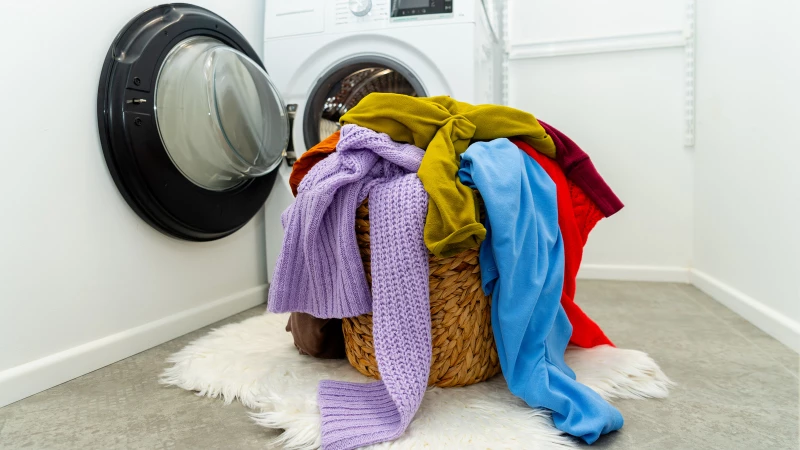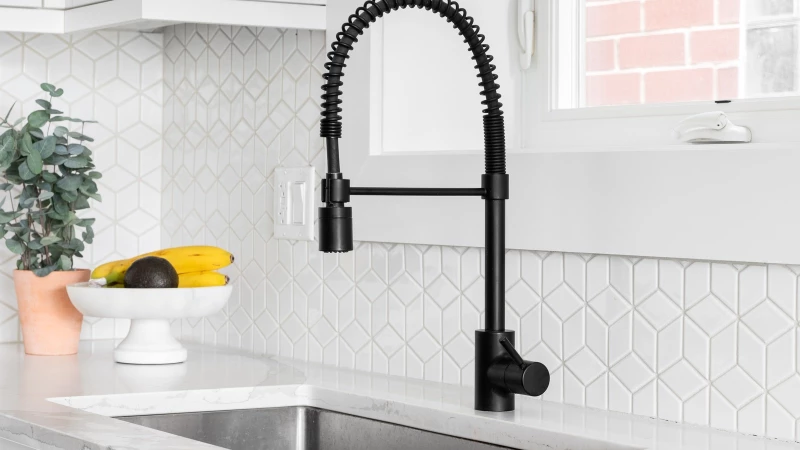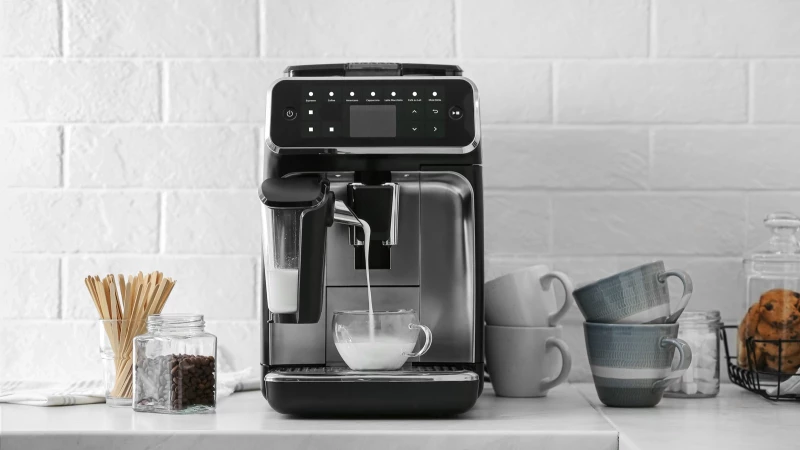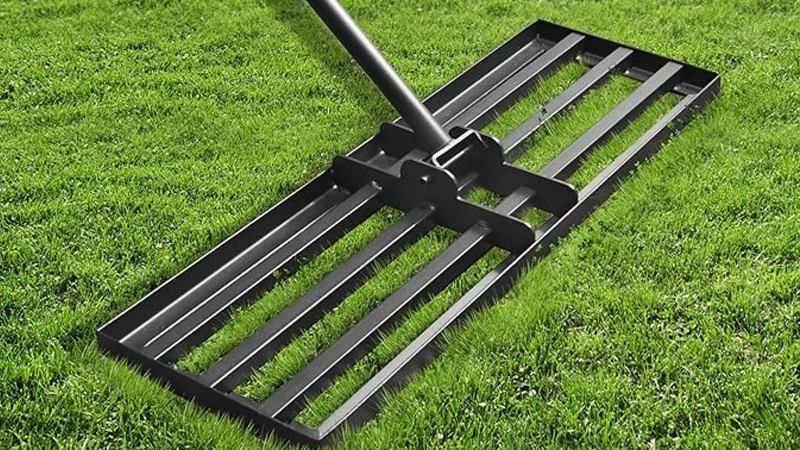The symphony of a typical American household is a unique blend of sounds. From the familiar pitter-patter of little feet or perhaps the soft padding of paws, to the constant hum of cleaning machines. A robot vacuum navigates its way around invisible barriers, the dishwasher chimes in with its occasional muffled woosh or thunk, and the washer and dryer duo perform a never-ending duet in the laundry room. But do these hardworking machines ever get a chance to rest? Machines, after all, are not designed to operate continuously, right? Specifically, a clothes dryer, with its intense heat. House Digest delved into this topic and sought insights from Frontdoor's virtual appliance expert, Garret Bergstrom. In an exclusive interview, Bergstrom shared his perspective: while modern dryers are engineered for consistent use, running them nonstop can exacerbate existing issues under certain conditions.
"In a typical single-family home, dryers are meant to handle multiple cycles per day. Running consecutive drying loads back-to-back should not pose a problem unless there was an underlying issue with the dryer prior to running these cycles," Bergstrom explained. "Once problems surface with a dryer, they tend to escalate with continued use, where a minor noise can escalate into a deafening screech." Interestingly, overusing a dryer isn't just about running consecutive cycles, but also about the duration of drying times.
The impact of load size and drying cycle duration
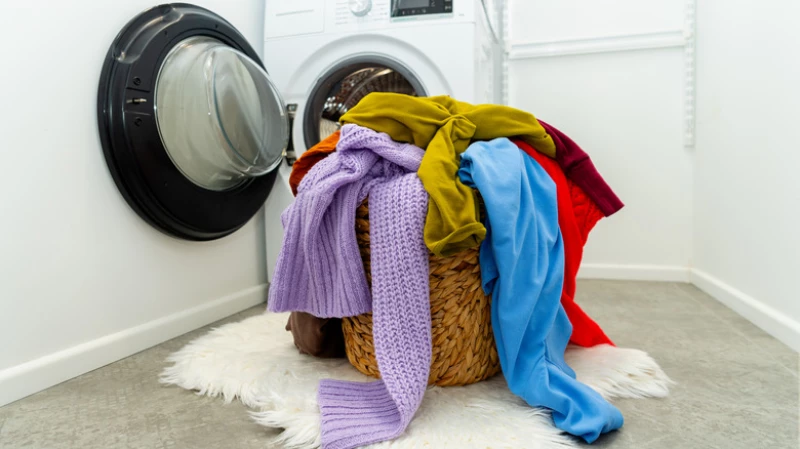
When it comes to using your dryer, the size of the load and the length of the drying cycle can have a significant impact on its performance. While one might assume that heavier loads would put more strain on the dryer, an exclusive interview with House Digest revealed a surprising insight.
In the interview, Bergstrom explained that small loads could actually cause more wear and tear on your dryer. He mentioned that "Auto Dry cycles allow dryers to sense the moisture content of the clothing and adjust the time accordingly. However, with small loads, the clothes may not hit the moisture sensors, causing the unit to end the cycle prematurely."
Therefore, it is recommended to opt for full loads when using your dryer, as they are more likely to provide accurate drying times and prevent unnecessary strain on the appliance. Next time you're doing laundry, consider the impact of load size on your drying cycle.
Improving the Lifespan of Your Dryer

When it comes to dryers, the frequency of use can impact their longevity. While using your dryer frequently won't immediately cause it to break down, it can increase the likelihood of wear and tear on sensitive components. In an exclusive interview with House Digest, Bergstrom explained, "There are certain parts of a dryer that will naturally wear out with regular usage. The more you use any appliance, the quicker these parts will deteriorate. However, components like glides, rollers, belts, bearings, etc., are typically robust and durable."
Enhancing the likelihood of successfully navigating a day filled with laundry tasks involves easing the strain on your dryer. "Fortunately, most dryers and other major appliances are designed for frequent, daily use. However, with increased usage, there is always a risk of something going awry," stated Bergstrom. "It's better for the appliance to avoid letting laundry accumulate and instead spread out its usage over multiple days." Finding ways to prevent a backlog of laundry is not a straightforward issue. One effective approach is to educate yourself on creating an efficient laundry room and mastering all the settings on your washing machine, and particularly on your dryer.

